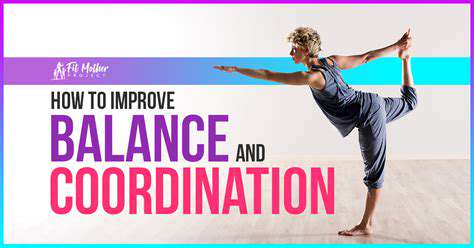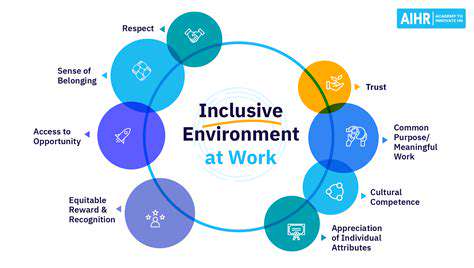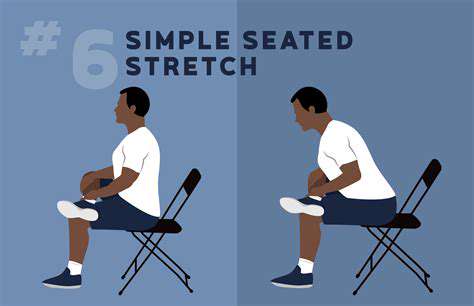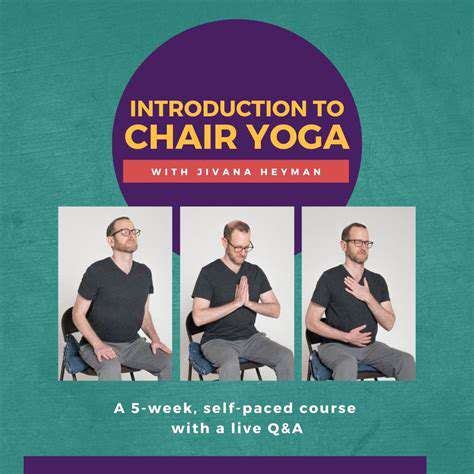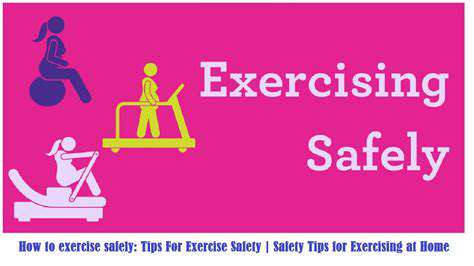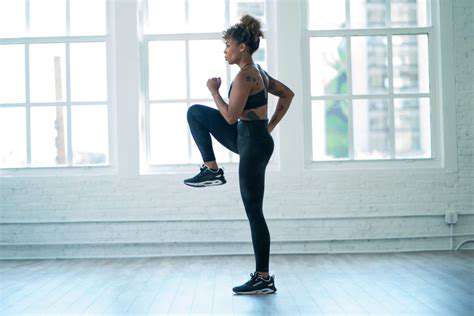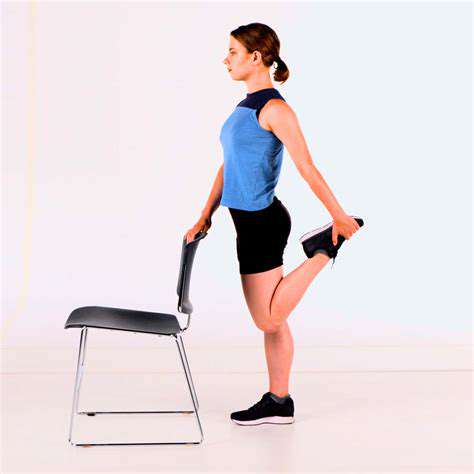Adapting Exercise for Seniors with Significant Mobility Issues
Contents
Many older adults struggle with movement restrictions impacting both body and mind.
Customized workouts boost physical capabilities and confidence in aging individuals.
Tailored activity plans prioritize safety while addressing unique physical needs.
Local programs provide accessible options for maintaining active lifestyles.
Mind-body exercises offer dual benefits for physical and emotional wellness.
Group activities create powerful social incentives for sustained participation.
Shared movement experiences combat isolation and lift spirits.
Physical programs should weave social elements into their core design.
Movement Matters for Older Adults Facing Physical Challenges
Understanding Age-Related Movement Changes
Our bodies naturally change as the years pass. Conditions like stiff joints, heart concerns, or nerve-related issues can make everyday movements feel like climbing mountains. Did you know four out of five older adults report some difficulty moving freely? This reality makes finding suitable movement solutions crucial for maintaining independence and joy in later years.
Why Movement Matters More Than Ever
Even simple movements done regularly can work wonders. Think about how getting up from a chair multiple times daily strengthens leg muscles, or how reaching for objects maintains shoulder flexibility. Adapted workouts using household items or modified equipment can help prevent dangerous slips while boosting confidence.
Here's something inspiring - research shows regular gentle movement can:
- Improve mood as effectively as some medications
- Help maintain brain sharpness
- Reduce medication needs for chronic conditions
Creating Your Personal Movement Plan
Every person's capabilities differ. My neighbor Margaret, who uses a walker, found water aerobics gave her back the joy of movement she thought she'd lost. The key is finding what feels good while challenging yourself just enough. Consider these options:

| Movement Type | Benefits |
|---|---|
| Chair yoga | Improves flexibility without floor work |
| Resistance bands | Builds strength gently |
| Walking groups | Combines fresh air with social time |
Mind-Body Connection Through Movement
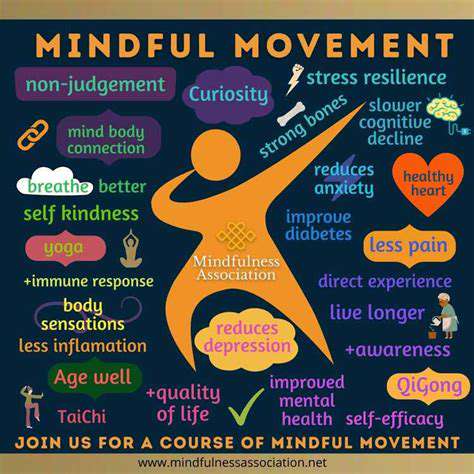
More Than Just Physical Benefits
Conscious movement practices offer hidden perks many don't consider. The rhythmic breathing in tai chi can calm anxious thoughts, while the focus required in balance exercises keeps the mind engaged. Recent studies show these practices may slow memory decline better than crossword puzzles!
Making It Work For You
Start small - even five minutes of morning stretches while listening to favorite music counts. Many community centers offer modified classes where participants share tips and encouragement. Remember Mrs. Thompson from the senior center? She credits her weekly chair dance class with helping her cope with arthritis pain better than painkillers.
The Power of Moving Together
Why Company Matters
There's magic in shared effort. Group activities create natural accountability - people notice if you skip class! The laughter and chatter during water aerobics at our local pool prove exercise doesn't have to feel like work. Social butterflies might find they exercise longer without realizing it when engaged in conversation.
Creative Social Movement Ideas
- Gardening clubs with stretching breaks
- Walking book clubs (discuss chapters while moving)
- Seated dance parties with grandchildren
Technology bridges gaps too. Video calls let friends in different locations exercise together, while fitness trackers allow friendly step-count competitions. The local community college's intergenerational program pairs students with seniors for weekly movement sessions - both groups report benefits!
